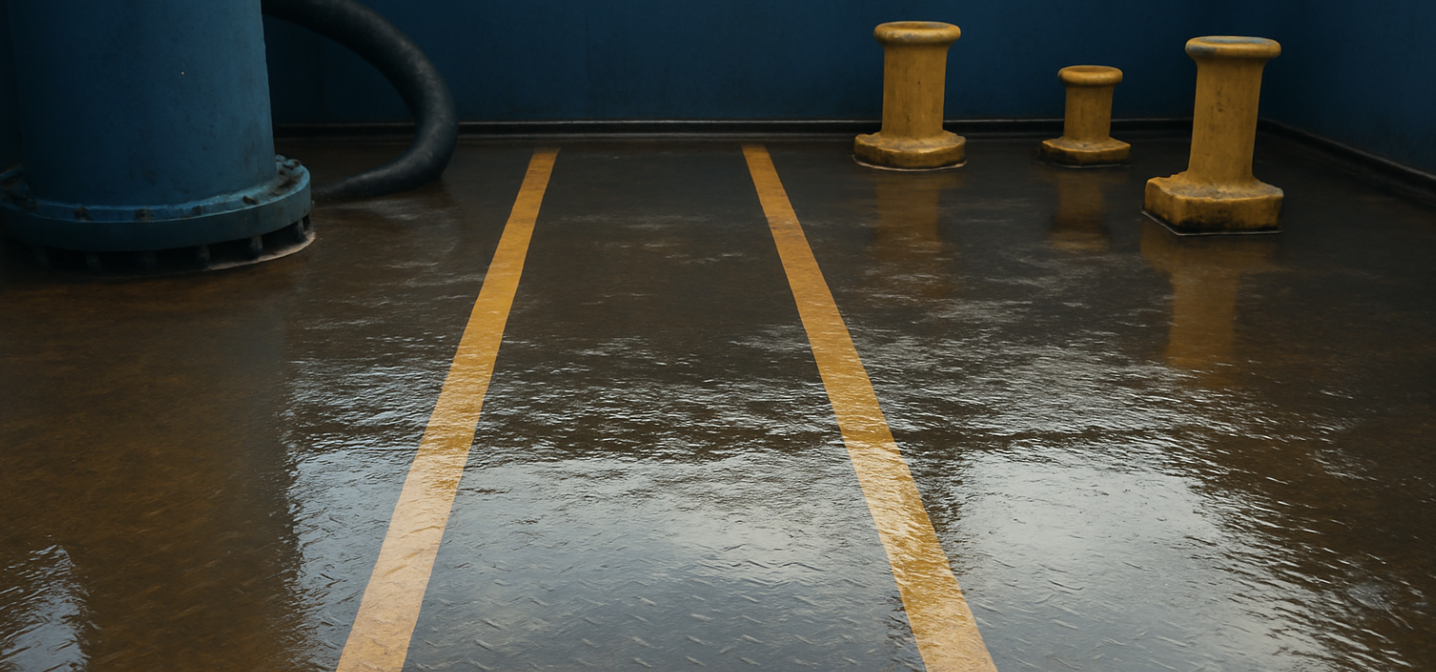What Happens to All That Water After Dewatering?

A slurry load is roughly 15% nodules and 85% seawater. First, cyclone separators spin the mix; heavy rocks fling outward, lighter water spirals down the center.
Shaker screens then catch fine grains, and sand filters polish what’s left until it’s nearly as clear as when it left the abyss.
Instead of dumping it topside — where plankton live — the crew pumps this cleaned water back down a dedicated pipe to about 1,000 m depth. That avoids making the sun-lit zone cloudy and reduces fuel use compared with sending it all the way to the bottom.
Turbidity sensors hang at several depths; if the returning plume grows too dense, operators slow the crawler or tweak filter cloths.
Roughly 5% of the water stays aboard for rinsing belts and cooling machinery. Any oily sheen is skimmed into tanks for disposal on shore.
The goal is a closed-loop system: water leaves the seabed as a conveyor, gets cleaned, and returns to nearly the same layer, cutting both surface disturbance and chemical change.



